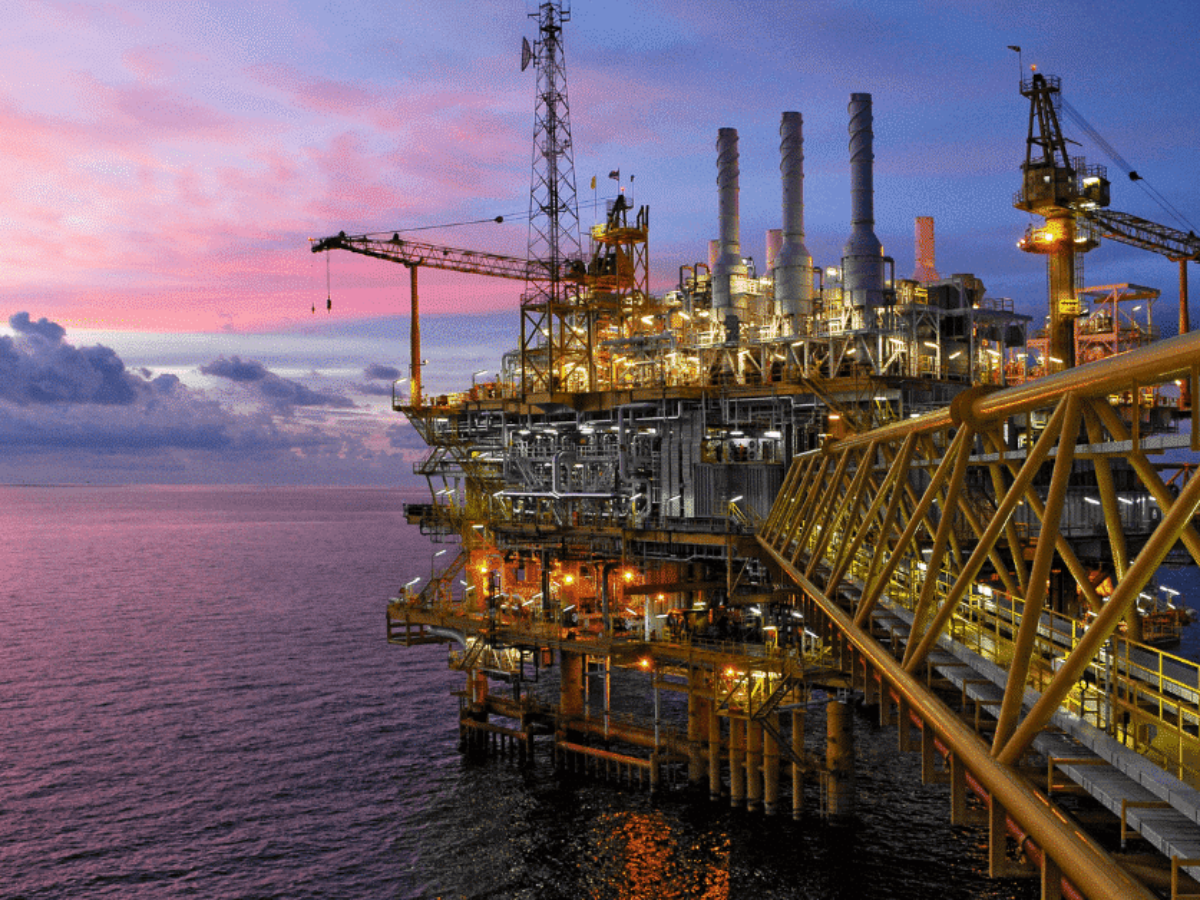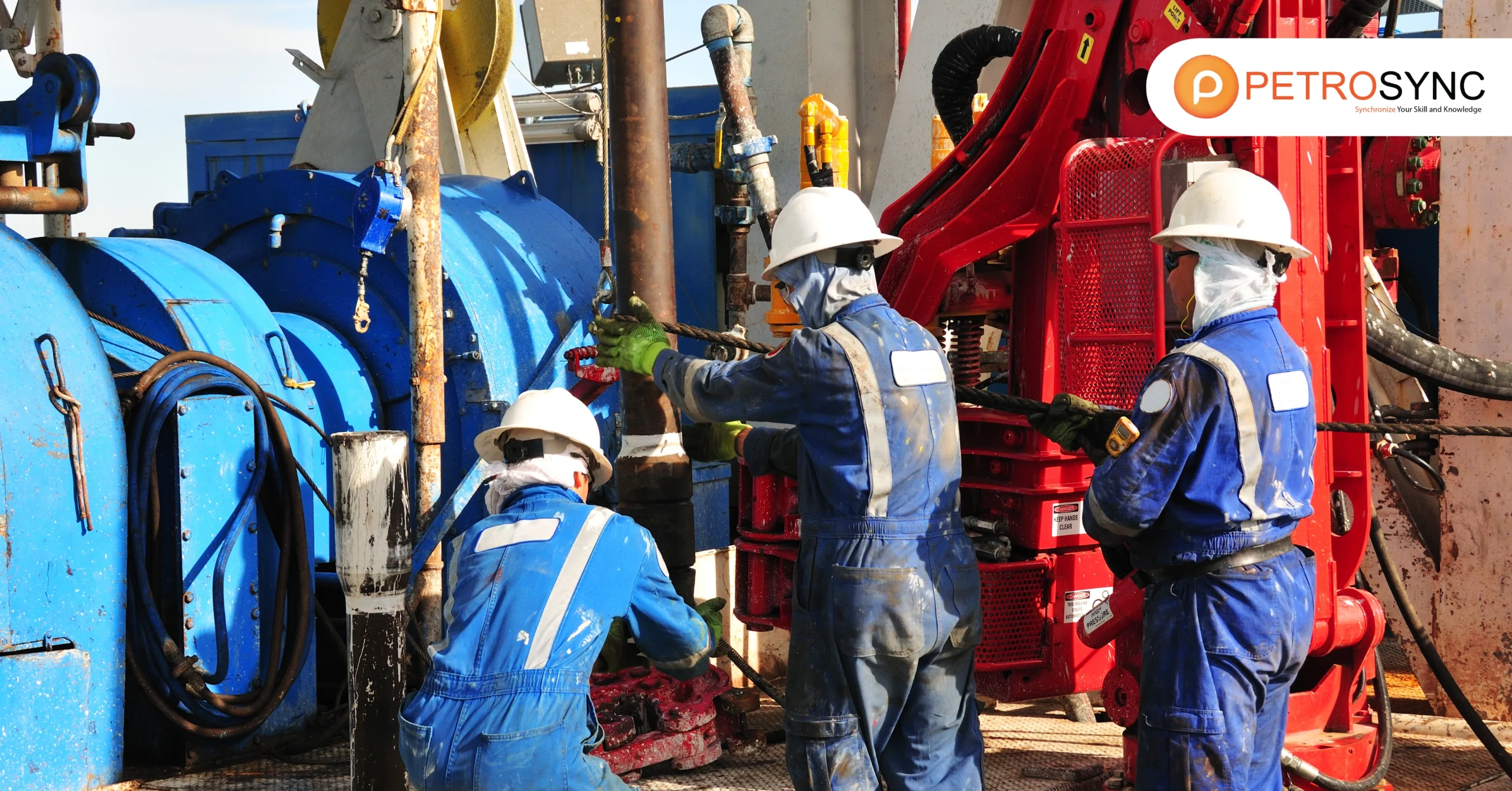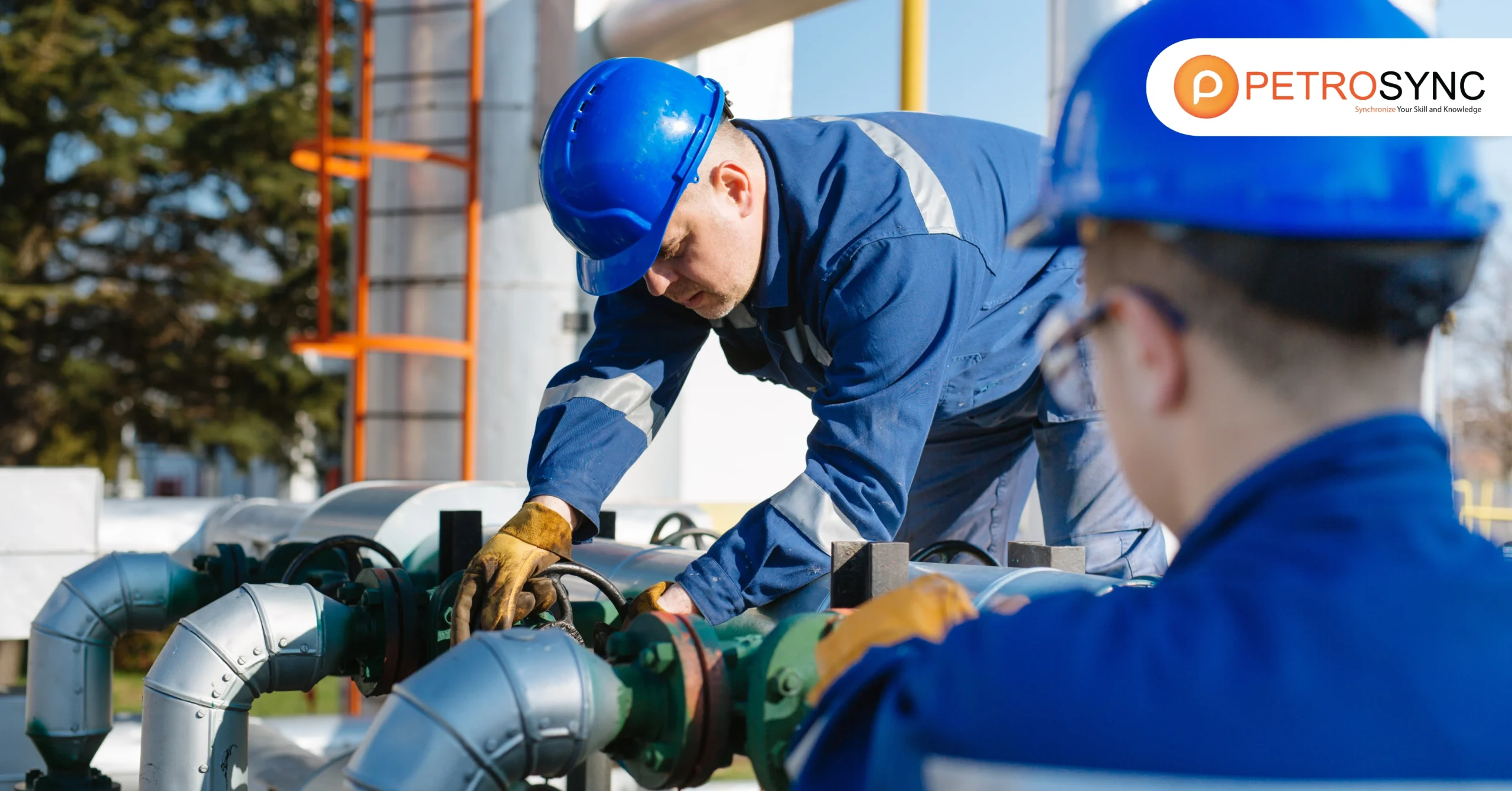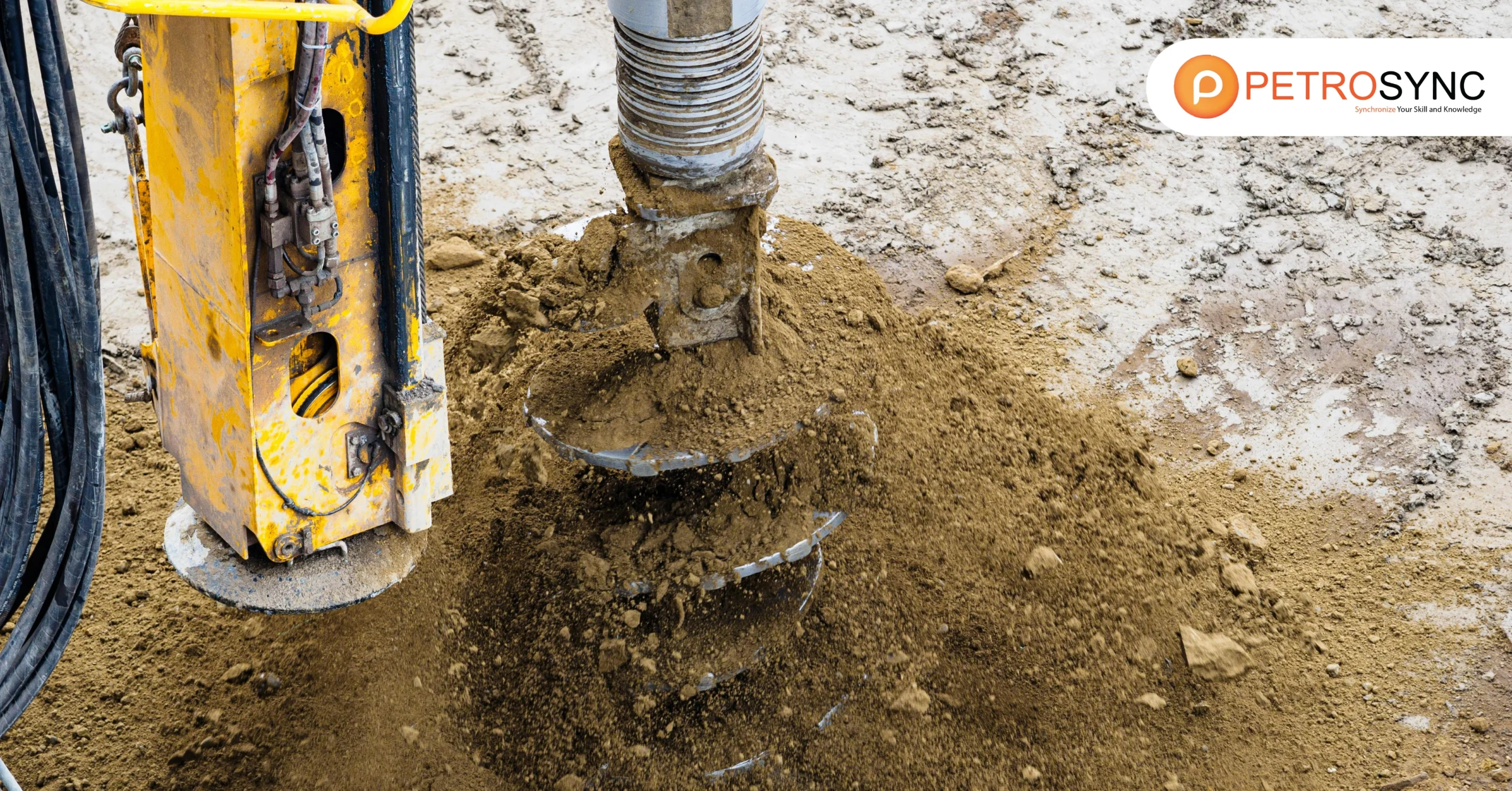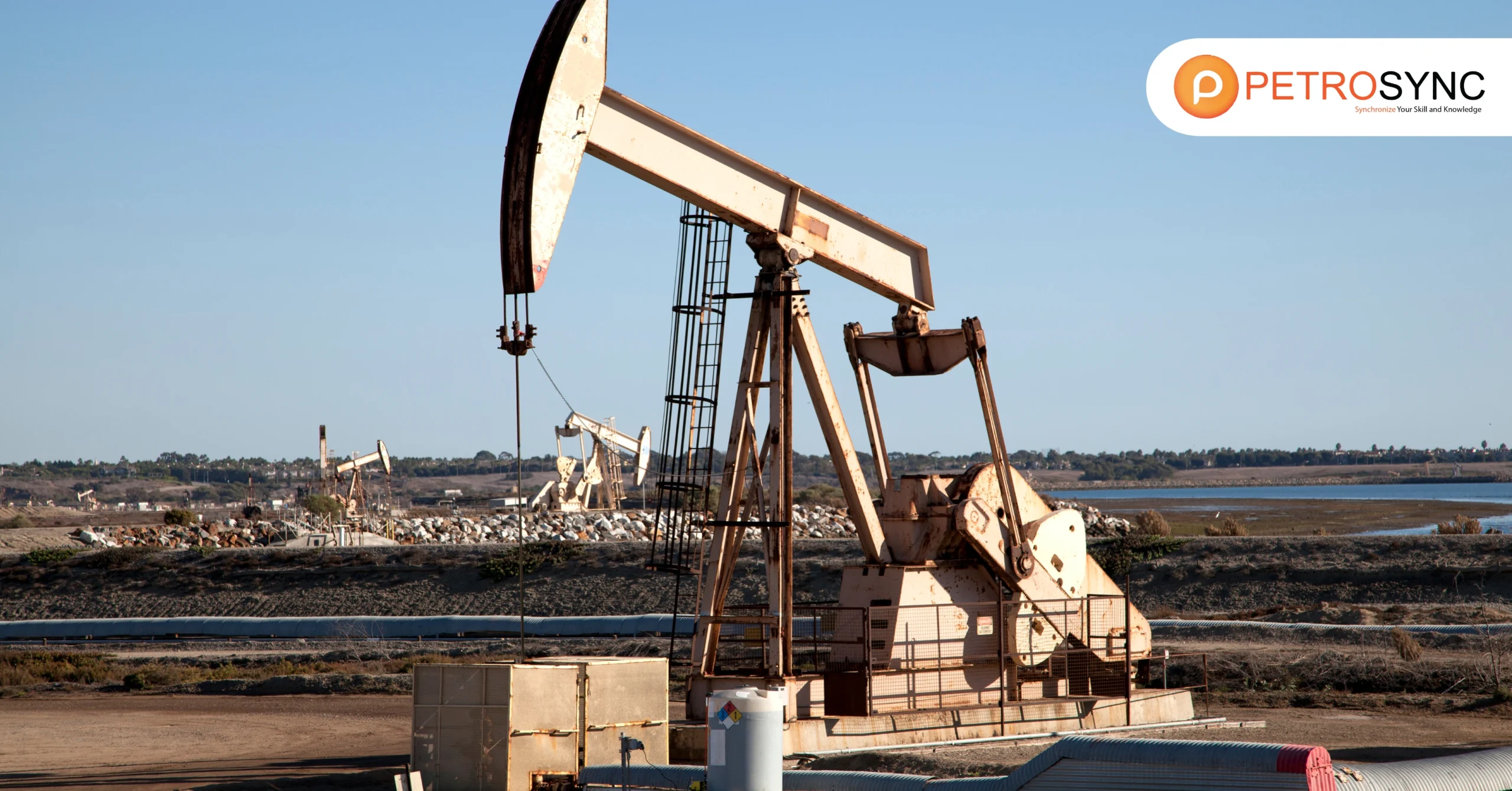In the oil and gas industry, exploration and production (E&P) activities are vital. These processes are essential for discovering new oil and gas reserves, extracting them from the earth, and ultimately meeting the ever-growing global demand for energy resources.
What Is Exploration and Production?
Exploration and production (E&P) in the oil and gas industry encompass the processes of finding new oil and gas reserves and extracting them from the ground. Exploration is the process of trying to find accumulations of oil and natural gas trapped under the Earth’s surface.
Production is the process of recovering those hidden resources for processing, marketing, and use. Exploration involves searching for potential oil and gas reserves through various methods such as seismic surveys, drilling exploratory wells, and geological studies.
Once a viable reserve is discovered, the production phase begins, which includes drilling production wells, extracting oil or gas, and transporting it to refineries or processing facilities. Exploration and production activities are crucial for meeting energy demands and supplying oil and gas for various purposes.
What Is The Process of Exploration and Production (E&P)?
The process of exploration and production (E&P) in the oil and gas industry involves several key steps. Exploration is the initial phase where companies search for potential oil and gas reserves beneath the Earth’s surface. This is done through methods like seismic surveys and drilling exploratory wells to determine if there are accumulations of oil and natural gas.
Once a viable reserve is discovered, the production phase begins. This includes drilling production wells to extract the oil or gas from the reservoir. Production also involves using various technologies to bring the extracted resources to the surface, such as pumps or natural pressure. The recovered oil or gas is then transported to refineries or processing facilities for further processing, marketing, and eventual use in various industries.
Throughout the E&P process, companies also focus on reservoir management, which involves techniques to optimize production rates, extend the life of the reservoir, and maximize the recovery of hydrocarbons. Overall, the E&P process is essential for meeting global energy demands and supplying oil and gas products for everyday use.
What Is The Difference Between Exploration and Production (E&P)?
The difference between exploration and production (E&P) in the oil and gas industry is in their respective purposes and activities. Exploration focuses on finding new oil and gas reserves by conducting surveys, studies, and drilling wells to assess the presence of hydrocarbons underground. It’s like searching for hidden treasures beneath the Earth’s surface.
On the other hand, production involves extracting oil and gas from existing reserves that have been discovered during the exploration phase. This phase includes drilling production wells, using various technologies to bring resources to the surface, and managing the extraction process efficiently.
What Are The Activities Involved in Exploration and Production (E&P)?
In the oil and natural gas industry, the activities of finding new reserves, developing them, and extracting oil and gas are called Exploration and Production (E&P) or upstream operations. These processes are considered the initial stages. In the initial stages, there are activities involved in exploration and production (E&P):
1. Exploration Activities
Exploration activities are focused on finding potential oil and gas reserves beneath the Earth’s surface. This involves conducting seismic surveys, which use sound waves to create images of subsurface rock formations.
Geologists and geophysicists analyze these images to identify promising locations for drilling. Additionally, exploration includes drilling exploratory wells, also known as wildcat wells, to directly test for the presence of hydrocarbons. These wells provide crucial data about the subsurface geology, rock properties, and potential reservoirs.
2. Drilling and Well Construction
Once a promising location is identified through exploration, drilling and well construction activities commence. This involves using drilling rigs and equipment to bore holes into the Earth’s crust. The drilling process may vary depending on the depth and complexity of the well. Engineers design and construct wells with proper casing, cementing, and completion techniques to ensure structural integrity and prevent environmental contamination. Well construction also includes installing production equipment such as pumps, tubing, and wellheads.
3. Production Operations
Production operations are focused on extracting oil and gas from the reservoirs. Once a well is drilled and completed, production techniques are employed to bring the hydrocarbons to the surface. This can involve natural pressure from the reservoir itself, artificial lift methods such as pumps (like electric submersible pumps or beam pumps), or enhanced recovery techniques like gas injection or water flooding. Production engineers monitor and optimize production rates, pressure levels, and fluid properties to maximize the efficiency of oil and gas recovery.
4. Reservoir Management and Optimization
Reservoir management is a critical aspect of E&P activities. It involves implementing strategies to manage the reservoir’s behavior, optimize well productivity rates, and maximize recovery factors. This includes reservoir modeling and simulation to predict reservoir performance under various conditions.
Engineers use techniques such as pressure maintenance (like water flooding or gas injection), well spacing optimization, and reservoir surveillance to ensure sustainable and efficient production over the life of the field.
5. Transportation and Processing
Once oil and gas are produced, they need to be transported to refineries or processing facilities for further treatment and refinement. Transportation methods include pipelines, tankers, and trucks depending on the location and volume of production. Processing facilities separate oil, gas, and water, remove impurities, and prepare the products for distribution and use. This stage also involves marketing activities to sell the refined products to end users or other industries.
By understanding these key activities involved in exploration and production, you gain insights into the complex but essential processes that enable the extraction and utilization of oil and gas resources.
What Is The Exploration & Production (E&P) Business Model?
The Exploration & Production (E&P) business model in the oil and gas industry involves several key components and identifies the asset life cycle stages and the main business, operational, and management processes used to execute the work in those stages.
Additionally, E&P companies focus on reservoir management to optimize production rates, extend the life of the reservoir, and maximize recovery. This includes monitoring reservoir performance, implementing production enhancement strategies, and conducting regular maintenance of production facilities.
Overall, the E&P business model revolves around finding, developing, and producing oil and gas resources in a cost-effectively and sustainably, while also ensuring compliance with regulatory and environmental standards.
Exploration and production (E&P) in the upstream of oil and gas industry can present significant business opportunities. It involves finding new oil and gas reserves and extracting them, which can be lucrative due to the global demand for energy resources. As an engineer in this field, there is often demand for your expertise, especially during phases of exploration, drilling, and production operations.
Exploration and Production (E&P) companies typically search for a variety of engineers with specialized skills to support their operations. These companies often seek petroleum engineers, drilling engineers, geologists, reservoir engineers and any related job to identify optimal drilling locations and techniques to reach target reservoirs effectively.
The importance of drilling and upstream-related skills for E&P companies is absolute. Efficient and safe drilling operations are essential for accessing and extracting oil and gas reserves from underground reservoirs. Engineers with expertise in drilling technologies, well construction, and reservoir characterization contribute significantly to the success of exploration and production activities.
PetroSync provides a range of specialized training programs to help you, as an engineer, master the necessary skills required by Exploration and Production (E&P) companies. These training programs cover various aspects of drilling and upstream operations, including well completion and workover training, stuck pipe prevention training, advanced well log training, Upstream Petroleum Economics, Risk, and Fiscal Analysis training, Advanced HPHT Well Engineering Training, and many others.
All of our courses are designed to equip you with practical knowledge, techniques, and best practices in drilling operations, reservoir management, production optimization, and risk analysis. By participating in PetroSync’s drilling training programs, you can enhance your capabilities and contribute effectively to the success of E&P activities within the oil and gas industry.
Credit header image: Marine Insight

SEO specialist by day, fact-checker by night. An avid reader and content writer dedicated to delivering accurate and engaging articles through research and credible sources.

